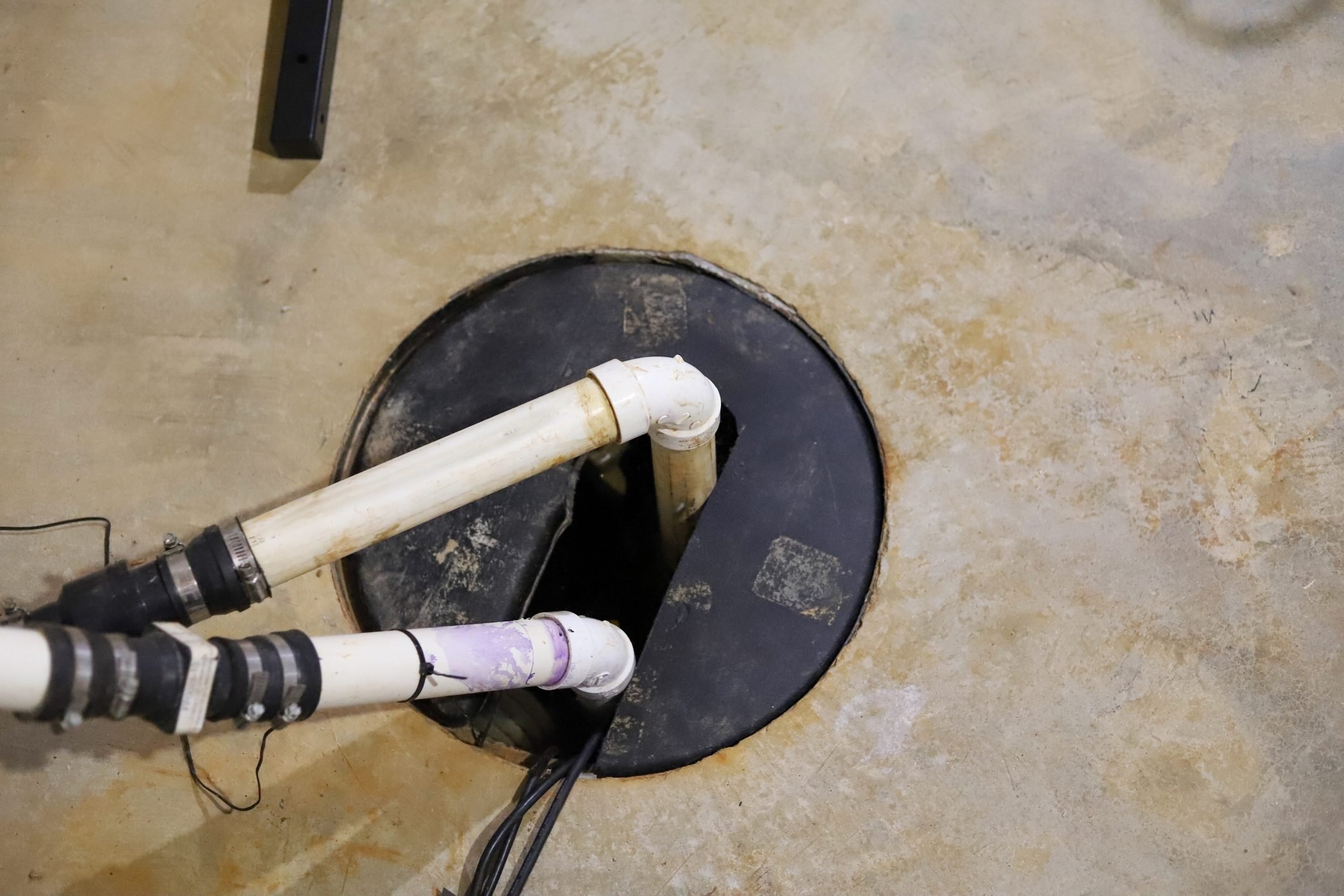A sump pump is a wise investment for anyone who owns a home with a basement. For some, it’s a necessity.
Water can enter your basement occasionally during a heavy rain, or chronically due to compacted soil conditions, a high water table, drainage issues or condensation from poor ventilation. Whatever the cause, it’s a serious problem that can undermine the foundation, damage whatever’s in your basement and promote toxic mold growth.
A sump pump is typically installed in a pit under the basement floor, removing water before it rises to floor level. There are two types.
A pedestal pump features a motor mounted on a shaft extending above the floor, with an impeller that reaches the water. A submersible pump sits entirely underwater.
Although pedestal pumps last longer, they tend to be noisy and obtrusive, which is probably why they aren’t popular. At least 90 percent of sump pumps available online are submersible.
How Much Sump Pump Cost?
Prices range from around $50 up to $500 or $600 at the high end, with $125 around average. That’s less than you pay for a good-quality vacuum. The more expensive models come with important qualities that justify the additional cost:
- Cast iron or stainless steel core: A pump with a metal core lasts longer than a plastic core. Metal prevents burnout by more efficiently dissipating heat from the motor.
- No-screen intake: Filter screens frequently clog. High-quality pumps with impellers can handle particulate matter up to 1/2-in. in diameter.
- Solid mechanical float: The float tells the pump when to come on. A mechanical one is more reliable than a pressure switch or a hollow float that could potentially fill with water.
- Alarm: This alerts you when water rises above a preset level, giving you time to react to prevent a flood.
- Stainless steel pedestal: The partly submerged pedestal sits on the bottom of the sump pit. Stainless steel is less likely to break than plastic, and it’s corrosion-resistant.
- Wi-Fi connectivity: This lets you monitor the basement water situation from the device of your choice.
Pumping power ranges from one-quarter to one horsepower (hp), with more powerful pumps costing more, as you’d expect. The size of the pump you need depends on the size of the pit, how quickly it fills with water, the length of the drainage pipe and the elevation of the pipe outlet. Here find out how long sump pumps last.
Other Costs To Consider
Installation costs considerably more than the pump itself, typically ranging from $1,000 to $3,000. Various factors influence this cost, including:
Electrical hookup
Most basement sump pumps need to be plugged into a 20-amp GFCI outlet on a dedicated circuit. It’s against fire codes to use an extension cord, so in all likelihood you’ll need to install a new receptacle on a new circuit. Best to leave this to a licensed electrician.
Effort to cut through the basement floor
A basement floor may be simply dirt, but most are concrete. Some slabs are really thick — up to six inches — and are much harder to break through than thinner ones.
Accessibility
To be effective, the sump pit must be at the lowest point in the floor. If that’s next to a wall or under a heavy piece of stationary equipment, accessing it could require extra labor.
The cost of installation also depends on whether you can access a suitable drainage point. This can be easy if a sewer is nearby and exposed. But sometimes it’s necessary to install new plumbing or run an outflow pipe outdoors through a hole in the wall. When draining outdoors, some landscaping may also be involved.
Existing water damage
If the basement has already flooded, it needs to be drained and the existing water damage remediated. That doesn’t need to happen before the pump goes in. But since it’s related to the installation, it’s wise to figure it into the budget.
Backup system
Some homeowners install a backup system to ensure pumping continues when there’s a power outage. This could be a battery pack or a backup pump that runs on battery power. Either way, it adds to the bill.
Permit
If the installation involves changes to the home’s plumbing system, you’ll need a permit. Depending on community regulations, you may also need to file a drainage plan and obtain a permit before pumping water outdoors. Permit fees are typically in the neighborhood of $100.
DIY vs. pro installation
If you’re prepared to dig your own pit and drain your sump pump outside, you can save most of the labor costs, typically $1,000 to $1,500. But if the work requires a permit, like tying into an existing sewer, you’re better off hiring a licensed plumber for $1,500 to $3,000 to make sure it’s done to code.
Here’s an easy tutorial on how to test your sump pump to make sure it will perform when needed.





















